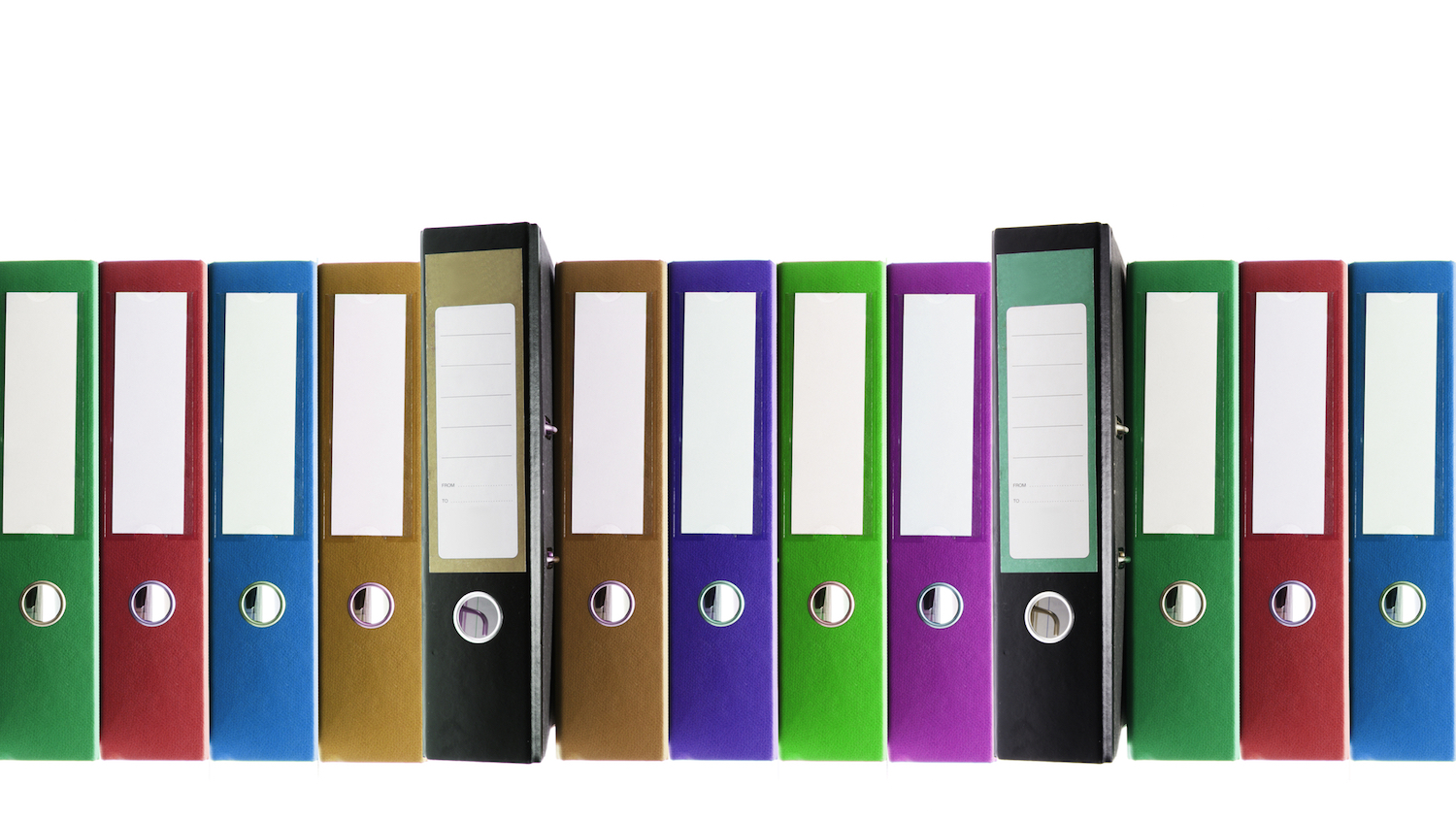
With an estimated cost of £103m a year and annual carbon emissions of 456 million kilograms, it’s time for the industry to stop printing Operations & Maintenance (O&M) manuals, says Operance’s Scott Pilgrim.
4,500. This is the number of individual pieces of paper we believe the average printed O&M manual uses. But the average project requires two printed O&M manuals, so that’s 9,000 pieces of paper. Nine thousand: astonishing.
If you follow me on LinkedIn, you may be aware I caused a minor stir by stating that Operance, a digital O&M software and services company, was close to losing a major project because of an insistence on providing three hard copies of the project’s as-built information. This included the O&M manual, Health and Safety file, Building User Guide, Building Logbook, Fire Safety File and everything within (including all the project designs, calculations, specifications, certificates, reports, warranties, technical specifications, data sheets and so on).
All in all, this would have meant producing countless ring binders filled with around 13,500 pieces of paper. Given the research I’ve carried out, that is bordering on scandalous.

“This antiquated practice is not only unsustainable, but also against our company’s core values. We are, after all, a digital business looking to digitise building information.”
This antiquated practice is not only unsustainable, but also against our company’s core values. We are, after all, a digital business looking to digitise building information.
Let me outline the problem from an environmental and commercial perspective and why, as an industry, we need to state our case for putting a stop to this draconian practice once and for all.
Calculating the data set
We first need to get an idea of how many construction projects there are each year in the UK, with a focus on those valued at £1m or more for the sake of this study.
Averaging data from Statista, the Royal Institution of Chartered Surveyors, the Office for National Statistics and the Chartered Institute of Building, one arrives at 776,667 construction projects delivered in the UK a year, with 38%, or 295,333, valued at £1m or more.
This means that printing as-built building information for these 295,333 projects results in a staggering amount of environmental damage.
Environmental impact of print
Printing and delivering two hard copies of as-built building information for 295,333 projects in the UK requires:
- 2,657,997,000 sheets of paper;
- 1,063,199 litres of ink;
- 295,333,000 watt-hours of energy to print them; and
- 885,999 gallons of fuel to deliver them.
When combined, printing the UK’s £1m-plus O&M manuals generates approximately 456,176,318 kilograms of CO2e emissions, and results in the deforestation of approximately 265,800 trees, every single year.
This practice not only has a devastating impact on our environment, but also represents a significant waste of resources.
Please note: these are just estimates, and the actual numbers may vary depending on the specific assumptions and calculations used.
“The cost goes far beyond the general production of the paper-based information. A study by McKinsey & Company found that knowledge workers spend up to 20% of their time searching for information.”
Comparisons
The impact of printing two hard copies of as-built building information for the 295,333 £1m-plus projects in the UK is significant. But how does it compare to other impacts? Here are some examples:
- the exhaust emissions from a car driving approximately 2,534,313,989 miles/year;
- the deforestation of approximately 9.94 soccer pitches/year;
- the energy consumption of approximately 245,944 hair dryers running or 118,133 kettles boiling simultaneously;
- the ink consumption of approximately 2,500 Olympic-sized swimming pools;
- the electricity consumption of approximately 74 homes/year; and
- the production of approximately 1.5 million bricks.
Financial impact of print
The cost of O&M printing in the UK can vary depending on several factors, including the size and complexity of the manual, the type of paper used, and the number of copies required. However, you can generally expect to pay £500 to £3,000 for printing a basic O&M manual, in black and white. Colour printing will typically cost more, as will the addition of A3 paper printouts and, of course, the cost of the ring-binders, page separators, graphic design, and delivery.
If the average printing cost is £1,750 per hard copy, that’s £3,500 for the usual two hard copies. Multiply that by the 295,333 £1m-plus construction projects in the UK gives an approximate cost of £103,366,550 for simply printing out the O&Ms every single year.
“It’s time for a change. Let’s bid farewell to these relics of the past. Let’s usher in a new era of streamlined, efficient, and eco-friendly building information management!”
Wasted time
But, the cost goes far beyond the general production of the paper-based information. A study by McKinsey & Company found that knowledge workers spend up to 20% of their time searching for information. According to Deloitte, 72% of employees say they cannot find the information they need within their existing information systems.
The Value of Information Management in the Construction and Infrastructure Sector paper by KPMG suggests that the use of information management could potentially secure between £5.10 and £6 of direct labour productivity gains for every £1 invested, and between £6.90 and £7.40 in direct cost savings
So if the construction industry in the UK spends approximately £103m a year on printing and distributing O&Ms, the industry could save up to 80% of this printing cost by transitioning to digital as-builts.
Here are some specific examples of how construction companies are saving time and money by switching to digital as-built O&M manuals:
- Balfour Beatty has saved £2m per year by transitioning to digital as-builts;
- Skanska has saved 60,000 hours per year by switching to digital as-builts; and
- Laing O’Rourke has saved 100,000 man-hours per year by switching to digital as-builts.
These examples demonstrate that the switch to digital O&M manuals is a worthwhile investment for construction companies. By saving time and money, companies can also improve their bottom line and increase their profitability.
Demand digital not print
We, the construction industry, have the opportunity to lead the way in sustainability by embracing digital O&M manuals. By doing so, the industry can make a significant contribution to reducing its environmental impact and saving money.
It’s time for a change. Let’s bid farewell to these relics of the past. Let’s usher in a new era of streamlined, efficient, and eco-friendly building information management!
We encourage all construction companies, clients and their agents to consider adopting digital as-builts and to promote the benefits of this technology to their clients and partners. Together, we can create a more sustainable and efficient construction industry for the future.
Scott Pilgrim is chief product officer at Operance.
Don’t miss out on BIM and digital construction news: sign up to receive the BIMplus newsletter.
Comments
Comments are closed.














I wholeheartedly support electronic manuals; however, the problem comes when five to 10 years down the line, specialist manual compiler companies, with their bespoke systems, go out of business and no one can access or modify the document. And there is no guarantee that current software will actually work on computers of the future.
If you must have a paper copy, I see no reason to have more than one (actually could be dangerous with more than one copy floating about) with a pdf digital backup.
Just think what really does need to go into it!
Caveat Emptor!!